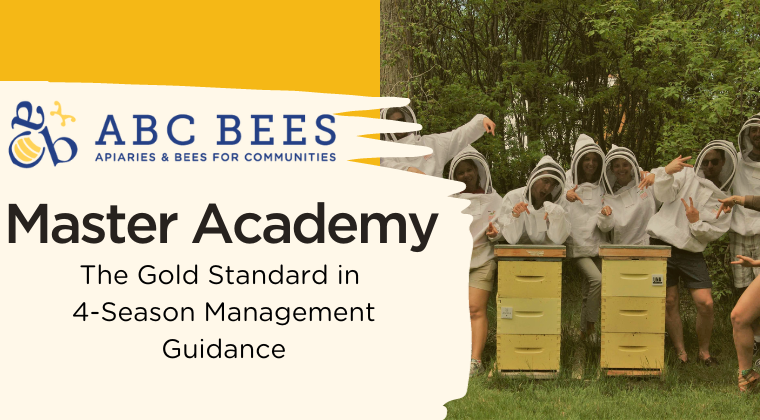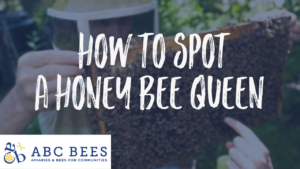Outcomes
Learners will have a comprehensive understanding of the importance of comb rotation in beekeeping and the benefits it brings to maintaining healthy honey bee colonies.
Key Takeaways
- Importance of comb rotation: Over time, old brood combs become dark and contaminated with pesticides and disease organisms. To maintain a healthier environment for the bees and reduce the risk of contamination, regular comb rotation is necessary.
- Setting a rotation schedule: Beekeepers should decide on an annual schedule of comb replacement. Aim to not have combs older than 6 years of age.
- Identifying and removing old combs: During hive inspections, beekeepers should mark the top bars of particularly bad combs for later removal. Before spring build-up when brood nests are small, the marked combs can be discarded, and the empty slots replaced with new frames or foundation.
- Comb replacement methods: Old combs can be replaced using new frames or by cutting out the old comb and reusing the frames if they are still in good condition. Beekeepers may also use foundation to encourage the bees to draw new comb.
- Concerns about diseases and chemical residues: Old comb can accumulate disease organisms
and chemical residues, posing a health risk to the colony. Regular comb rotation helps reduce
these risks and promotes the overall well-being of the bees and the hive.
One crucial practice that plays a vital role in maintaining the health of our hives is comb rotation. In this blog post, we will explore the importance of comb rotation, how to implement it, and the benefits it brings to our beloved honey bees.
The Significance of Comb Rotation:
Over time, brood combs used by honey bees start to show signs of wear. They become dark, almost black, and the cell walls gradually narrow due to cocoons adhering to them. These older combs can harbor disease organisms and harmful chemical residues, posing a potential threat to the colony’s health. Comb rotation helps us address these issues effectively.
Implementing Comb Rotation:
The key to successful comb rotation is to set an annual schedule for replacement. Replace comb to ensure combs are no older than 6 years. This approach prevents the accumulation of disease and chemicals in the hive, fostering a healthier environment for the bees.
Identifying Old Combs:
During regular hive inspections, beekeepers can identify old and damaged combs. Mark these combs for later removal, making it easy to track them when the time comes for comb rotation.
The Right Time for Rotation:
Timing is crucial for successful comb rotation. It’s best to carry out this practice during early spring when the brood nests are small and before it is too late in the season for the bees to draw out new wax. This ensures that the new comb is built efficiently and integrated seamlessly into the hive.
Replacing Old Combs:
When the time comes for comb rotation, the marked combs can be carefully removed from the hive. Beekeepers have several options for replacing the old combs. They can introduce new frames or reuse frames with the old comb removed if they are still in good condition. Additionally, they may choose to use foundation to encourage the bees to draw new, clean comb.
The Benefits of Comb Rotation:
By rotating out old combs, beekeepers provide their colonies with a fresh and clean environment, reducing the risks associated with disease and chemical contamination. This practice contributes to the overall health and productivity of the hive, ensuring that the bees can continue their essential work of pollination and honey production effectively.
Conclusion:
Comb rotation is an essential aspect of responsible beekeeping. By regularly refreshing the brood combs in our hives, we create a healthier and safer environment for our precious honey bees. As conscientious beekeepers, it is our duty to protect and nurture these tiny but mighty creatures who play a crucial role in our ecosystems and food production.







